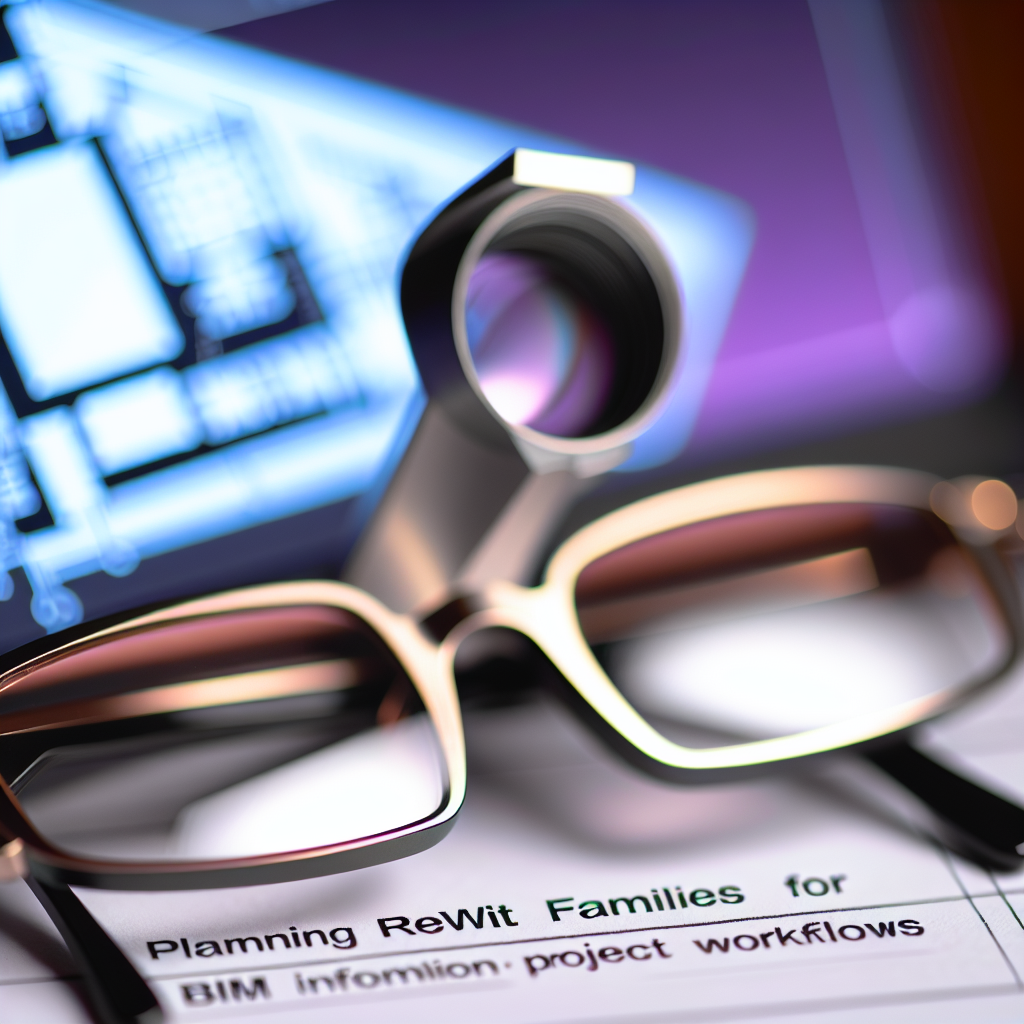Planning out your Revit Families is a crucial step in ensuring efficiency and consistency in your Building Information Modeling (BIM) projects. Properly organized and thoughtfully designed families can save time, reduce errors, and enhance collaboration across teams. In this article, we’ll explore key strategies to effectively plan your Revit Families for optimized project workflows.
Understanding the Importance of Planning Revit Families
Before diving into creating individual families, it’s essential to understand their role within your overall project. Revit Families act as reusable components that represent building elements like doors, windows, furniture, and fixtures. Proper planning begins with identifying which families are needed, how they will be used, and their level of detail (LOD).
Key considerations include:
- Project requirements: What elements are critical for your design and documentation process?
- Standardization: Are there company or industry standards to adhere to for family types and parameters?
- Reuse potential: Can families be standardized for multiple projects to streamline workflow?
Taking the time to thoroughly plan these aspects ensures that your families will serve as reliable building blocks, rather than sources of confusion or inefficiency.
Strategies for Effective Family Planning
Once you understand the importance of well-structured families, developing a systematic approach becomes vital. Start by categorizing your families based on their function, complexity, and usage frequency. Consider creating a hierarchy that groups similar elements together, simplifying management and updates.
Core strategies include:
- Establishing naming conventions: Use clear, consistent names that reflect the family’s purpose and properties. For example, “Door_Single_900x2100.”
- Defining shared parameters: Use shared parameters to facilitate data consistency across families and projects, especially for elements like material, fire rating, or manufacturer information.
- Creating flexible and parametric families: Develop families with adjustable parameters so they can adapt to different project scenarios without needing multiple versions.
Moreover, maintaining a detailed library of standardized families, regularly updating them, and documenting their intended use enhances efficiency and reduces duplication of effort. It’s also advisable to plan for custom families only when necessary, to avoid bloating the family library with overly complex or redundant components.
Conclusion
Effective planning of your Revit Families involves understanding their integral role in project workflows, categorizing and standardizing families, and employing strategic naming and parameterization techniques. By investing time upfront in careful planning, you can dramatically improve your project’s accuracy, efficiency, and collaboration. Remember, a well-organized family structure is the foundation of successful BIM projects.
